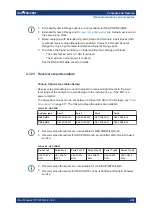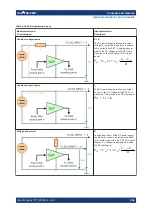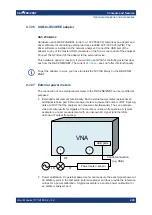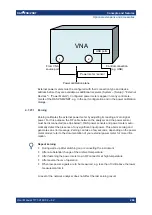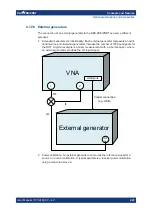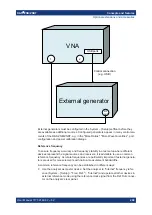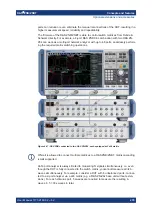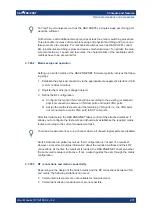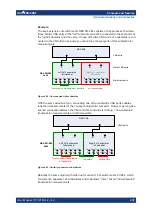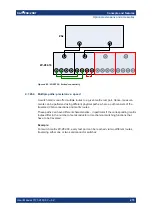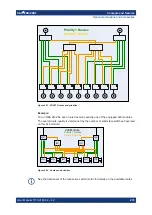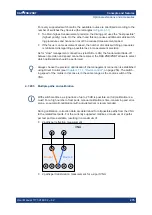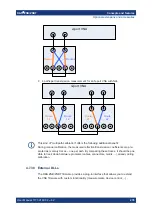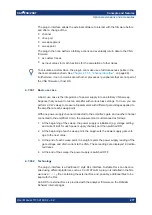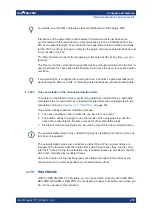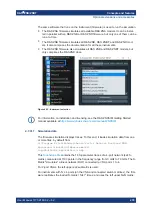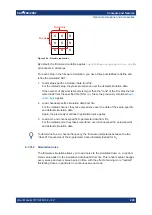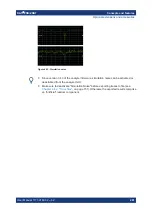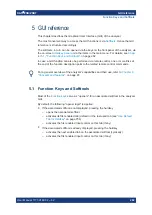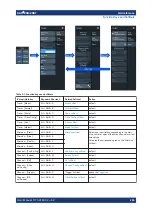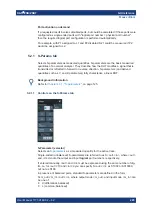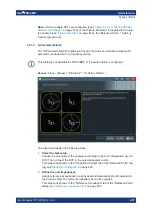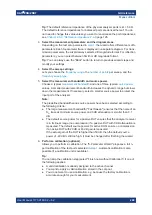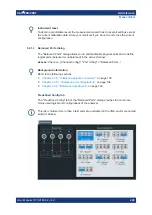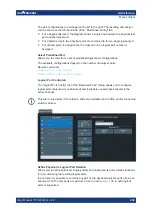
Concepts and features
R&S
®
ZNB/ZNBT
275
User Manual 1173.9163.02 ─ 62
For every supported switch matrix, the available routes are prioritized according to the
number of switches they traverse (the rectangles in
).
●
To obtain highest measurement
precision
, the driving port uses the "best possible"
(highest priority) route. On the other hand this can causes additional matrix switch-
ing procedures and hence can result in a reduced measurement speed.
●
If the focus is on measurement
speed
, the number of matrix switching procedures
is minimized, disregarding a possible loss in measurement precision.
As for "slow" management connections (via USB or LAN) the fundamental trade-off
between precision and speed cannot be resolved, the R&S
ZNB/ZNBT allows to select
which optimization should be performed.
Always choose the
precision
optimization if the management connection is established
Chapter 4.7.17, "Device control"
ing speed of the matrix in this case is in the same range as the source switch of the
VNA.
4.7.29.5
Multiple paths and calibration
With switch matrices, a signal loss of up to 25 dB is possible, so (full) calibration is a
must! For a high number of test ports, manual calibration is time-consuming and error-
prone, so automatic calibration (with auto-detection) is recommended.
During calibration, correction data are determined for all possible paths from the VNA
to the related test ports. For the currently supported matrices a maximum of 2 paths
per test port are available, resulting in a maximum of
●
2 paths per reflection measurement
VNA
Route 1
Route 2
●
2 paths per transmission measurement for a 2-port VNA:
Optional extensions and accessories

